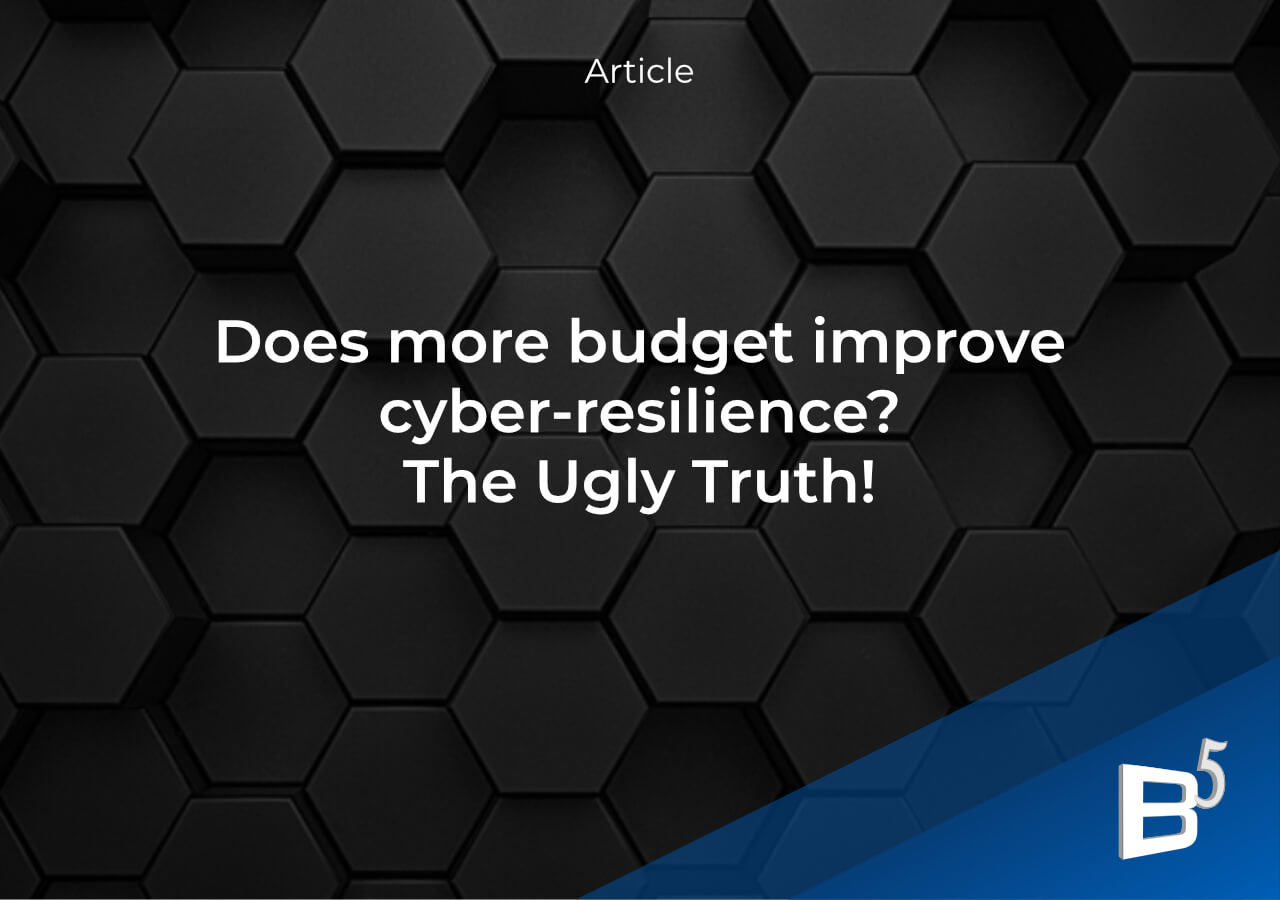


Everyone's pouring money into cybersecurity - but breaches keep rising. Why? Because there's a dangerous secret no one talks about: sometimes, the more you spend, the more vulnerable you become.
We analysed hundreds of security strategies and found something disturbing: the companies with the biggest budgets weren't the safest - they were just the most complicated.
There's a smarter way. A method that:

HALL: S3
STAND: C44